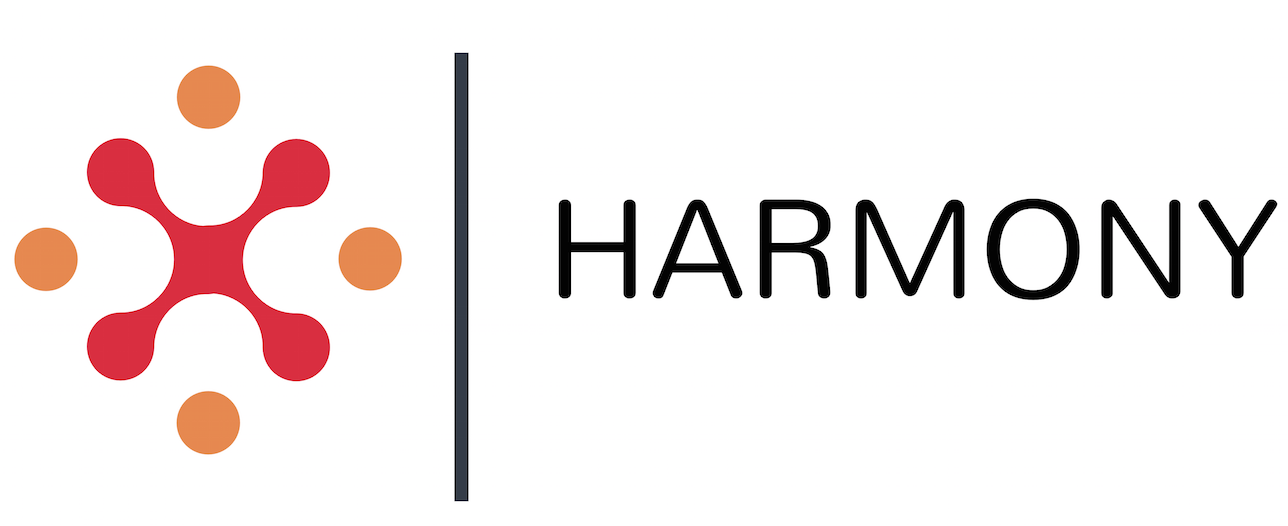June 2019–May 2022

HARMONY envisages developing a new generation of harmonised spatial and multimodal transport planning tools which comprehensively model the dynamics of the changing transport sector and spatial organisation, enabling metropolitan area authorities to lead the transition to a low carbon new mobility era in a sustainable manner. Co-creation labs are established in order for citizens, authorities and industry to design together new mobility and spatial organisation concepts. At the same time, demonstrations with electric AVs, and drones take place to understand in real-life their requirements. Market surveys are organised to elicit people and freight actors’ preferences and reactions towards the co-created concepts and the demonstrated new mobility technologies. The HARMONY model suite is designed to assess the multidimensional impacts of the new mobility concepts and technologies. The model suite integrates: 1. land-use models (strategic/long-term), 2. people and freight activity based models (tactical/mid-term), and 3. multimodal network (operational/short-term) models allowing for vertical planning. This integrated approach is necessary for authorities to understand if policies are sustainable, while also contribute to meeting COP22 targets, social equality and wellbeing. The HARMONY model suite is also linked to an EU-wide model to further identify the impact of the concepts and technologies on the TEN-T level. HARMONY’s concepts and the model suite are applied and validated on six EU metropolitan areas on six TEN-T corridors: 1. Rotterdam(NL), 2. Oxfordshire(UK), 3.Turin(IT), 4. Athens(GR), 5. Trikala(GR), 6. Upper Silesian-Zaglebie Metropolis(PL). By having six different areas as pilots, we will be able to propose to authorities, spatial and transport planners, concepts and technologies for different types of areas/cities
To attain its goals, the HARMONY project has set specific scientific and technological objectives that are summarized below::
- Identify new mobility services, concepts and technologies for people and freight that are already or will become (up to 2050) available for urban, suburban, and regional transport and their business models
- Establish metropolitan and region-wide co-creation labs for people and freight, bringing together individuals, authorities, researchers, people and freight actors to elicit requirements and preferences for mobility and spatial solutions contributing to citizens’ well-being, efficient use of infrastructure, air quality and economic growth
- Demonstrate electric AVs and drones in real-life conditions integrating them with the traditional transport modes to understand the requirements, reactions, barriers and collect real-world data
- Develop methodologies to combine and integrate multidisciplinary data related to new forms of mobility, collective transport and planning
- Develop a new generation of a multiscale spatial and transport planning model suite (MS) to incorporate the dynamics and requirements of new mobility services, while developing methodologies that
capture the large number of uncertain model relationships and inputs (deep uncertainty) that new services bring - Apply the HARMONY MS to support metropolitan planners and decision-makers with the design of resilient, sustainable transport systems, and assess the impact of the co-created scenarios
- Explore the linkage between the HARMONY MS (metropolitan-level) and aggregate EU-wide transport models (e.g. TRIMODE).
- Recommend updates for spatial and transport strategies and SUMPs to deal with mobility transition and to provide authorities insights on urban and regional partnerships that are required for implementing sustainable solutions, business models, measures and policies
- Scale up and disseminate the developed model suite, solutions, and findings to assist EU metropolitan areas in sustainable development and contribute to the H2020 agenda for smart, green and integrated mobility
Read all about it at the project’s web site.

